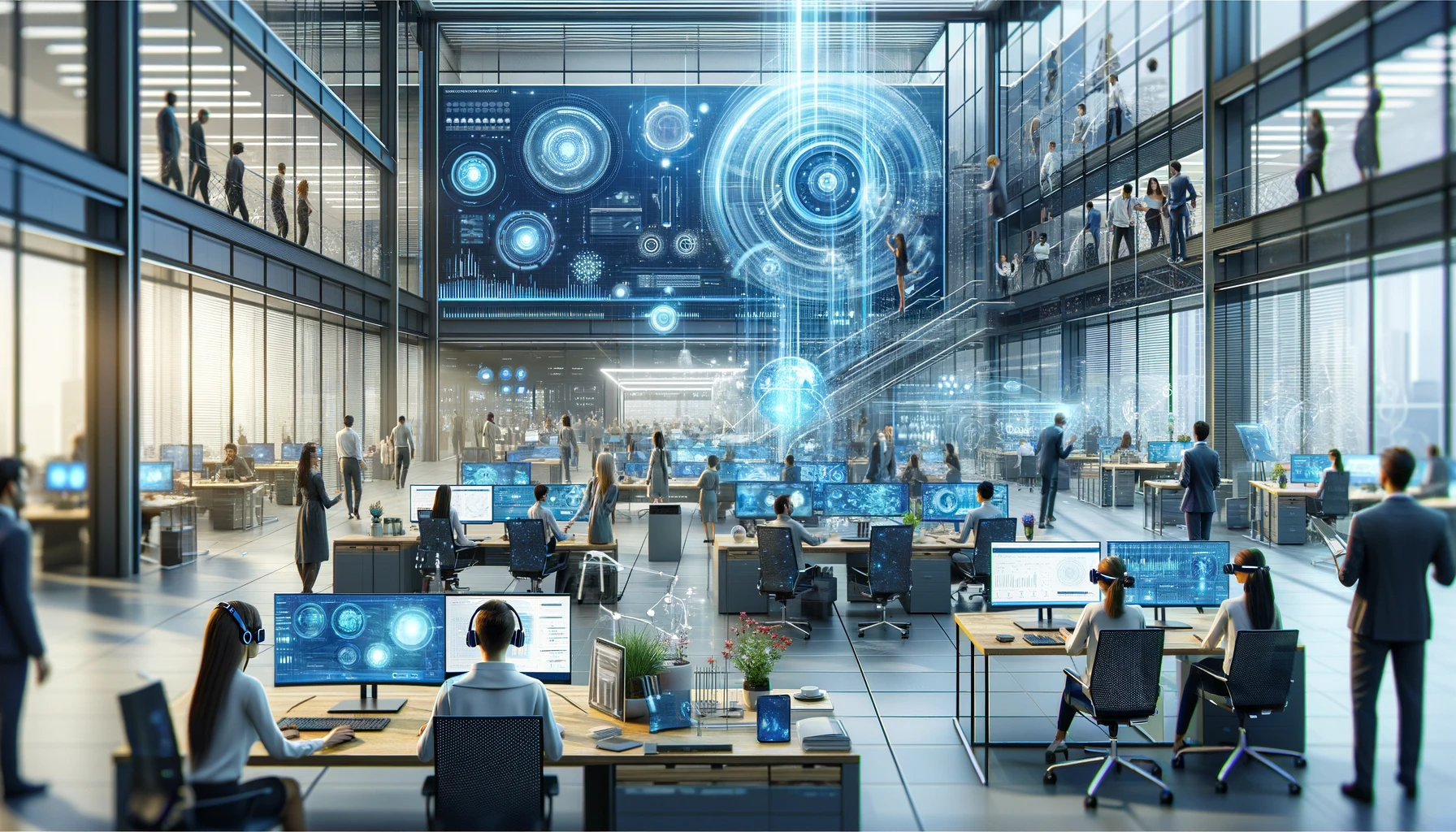2. Streamlining Recruitment and Onboarding
First impressions matter, and that’s particularly true in recruiting and onboarding. Convoluted hiring portals, confusing interview practices, and poor scheduling can make acquiring talent impossible. That’s why HR departments spend a huge amount of time and resources on recruiting and onboarding. An augmented workforce solves many of those issues.
For recruiting, AI speeds up the recruiting process by identifying candidates with relevant skills for screening by human recruiters. Then, once an employee is hired, AI chatbots can provide quick answers to onboarding questions by using
natural language processing. In both instances, AI enables HR professionals to make smarter, more effective decisions. Plus, by tackling simple requests, AI frees up employees to identify more pressing issues new hires may be having.
Here are three areas where AI is already streamlining recruitment and onboarding:
- Drafting content for job requisitions and job descriptions based on simple prompts
- Scanning huge numbers of job applications to identify candidates with the right skills for a role
- Suggesting additional job opportunities to candidates based on their experience and skills
3. Improving the Employee Experience
Discussions around
employee experience often focus on improving in-person aspects. More spaces to socialize at work, better desk equipment, or a wider array of snacks. However, limiting discussions on employee experience to the physical work environment is a mistake. A major benefit of workforce AI is in creating a company culture that is more accessible and inclusive.
In addition to streamlining workflows and automating common tasks, augmentation can reduce the barrier to entry for certain jobs. AI can provide tailored support and information based on employee needs, and support employee collaboration across the world. In doing so, it enables disabled employees to work where they can, and how they can. Most importantly, businesses can use AI to help measure employee engagement as a result of these changes.
Here are three areas where AI is already improving the employee experience:
- Providing suggested trainings and learnings that match user needs
- Tailoring shift patterns and workflows for each individual employee
- Searching vast amounts of employee feedback to generate top-line insights

